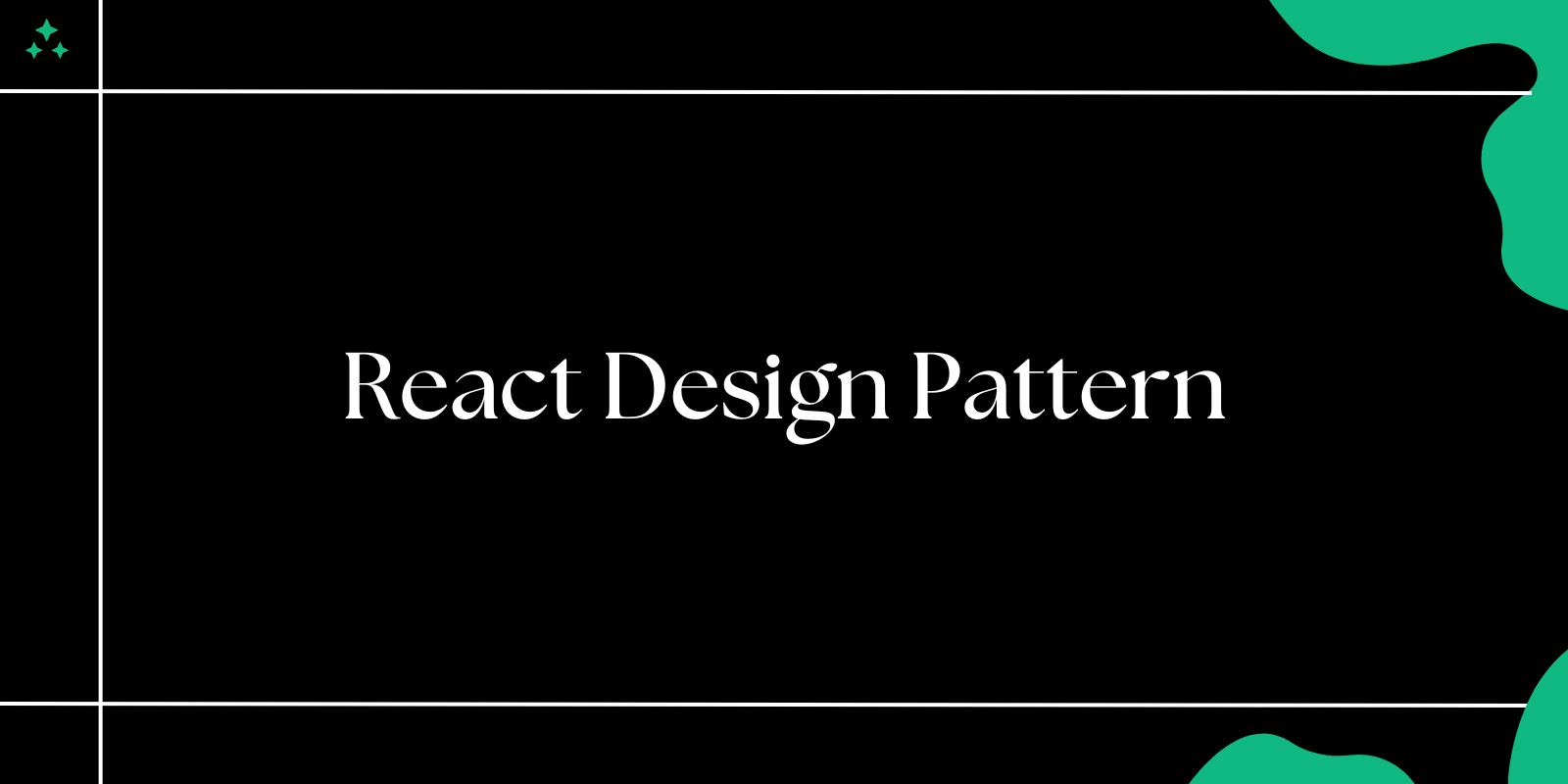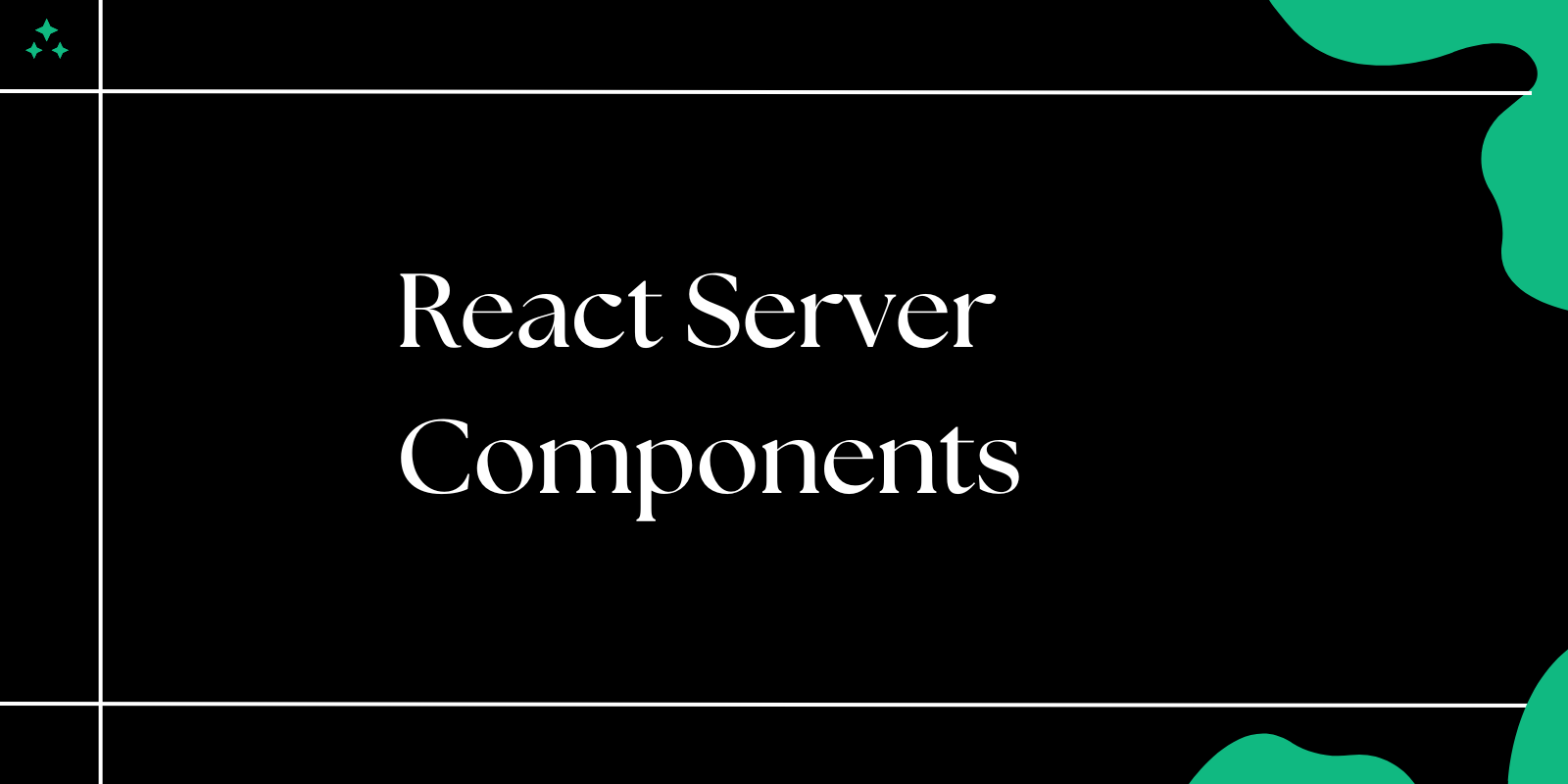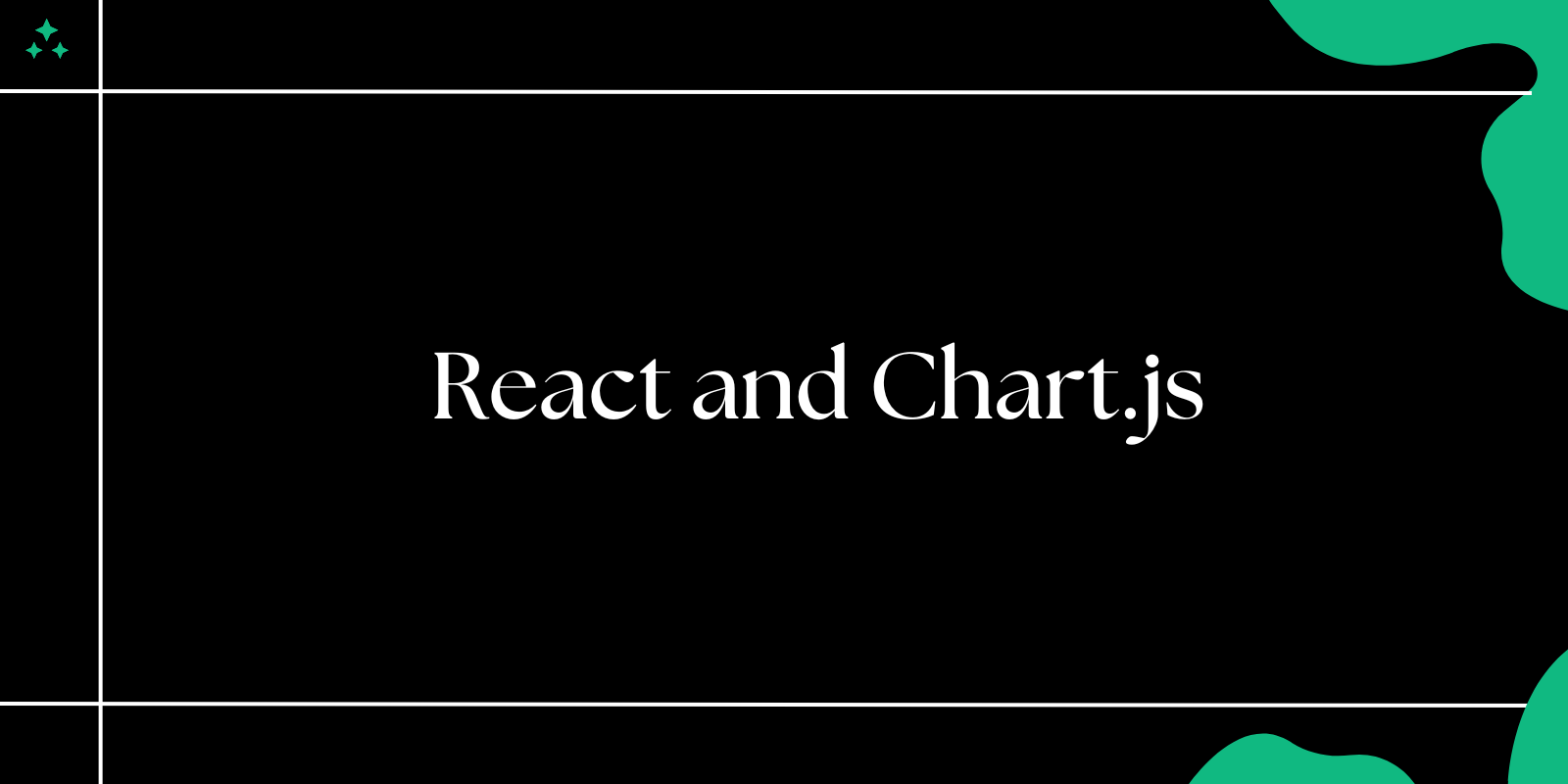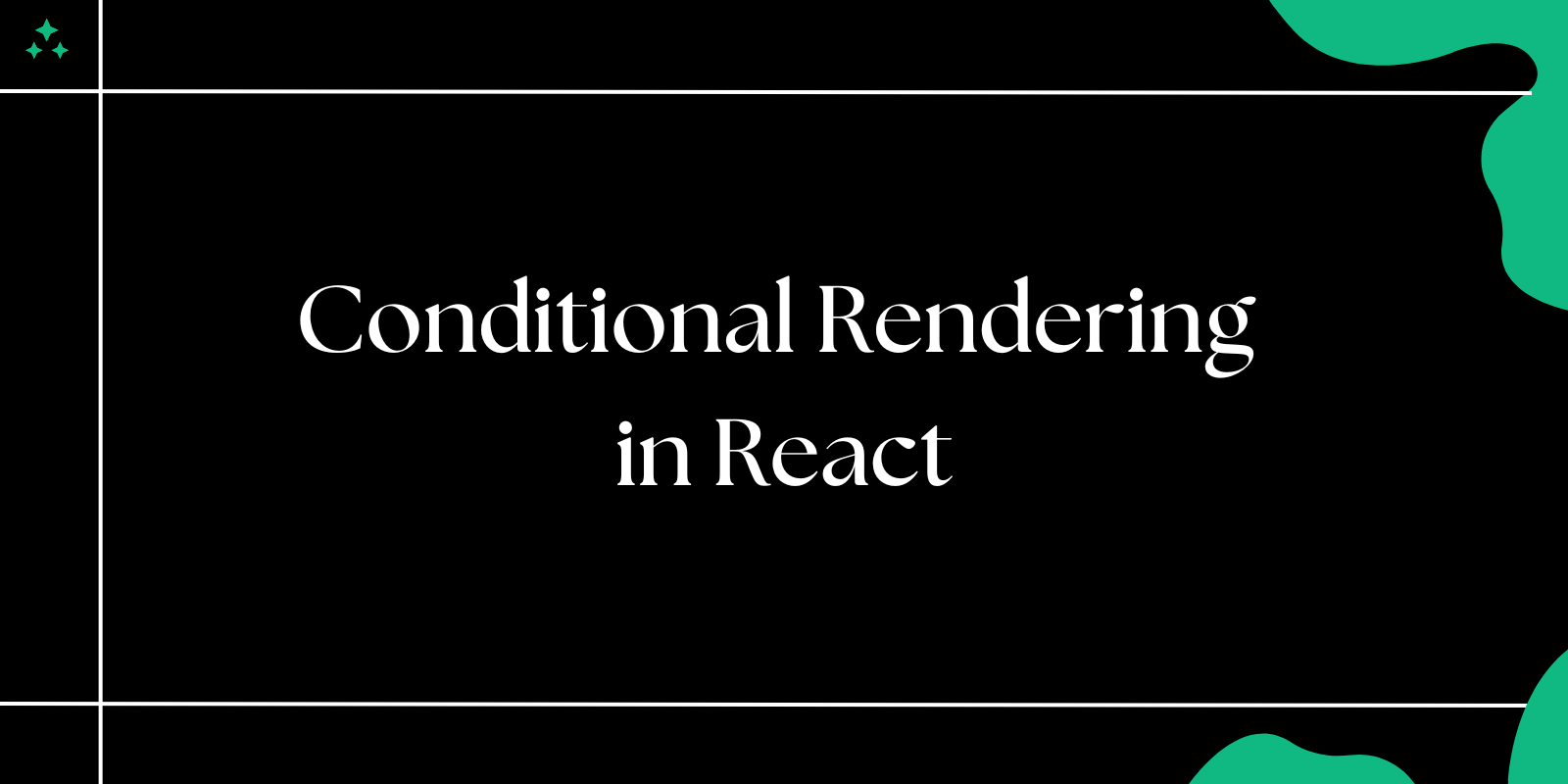Introduction
As React applications grow in complexity, maintaining clean, reusable, and scalable code becomes increasingly important. Design patterns are proven solutions to recurring problems in software design. In React, two commonly used design patterns are Higher-Order Components (HOCs) and Render Props. These patterns help create flexible, reusable components that enhance the maintainability and readability of your code.
In this blog, we'll explore the concepts of Higher-Order Components and Render Props, discuss their use cases, and show you how to implement them in React.
What is a Higher-Order Component (HOC)?
A Higher-Order Component (HOC) is a function that takes a component and returns a new component with enhanced functionality. It is a pattern used to share logic between components without changing their structure.
Key Characteristics of HOCs:
- Reusability: HOCs allow you to reuse logic across multiple components.
- Code Separation: HOCs separate concerns by keeping logic outside of the components themselves.
- Composition: You can compose multiple HOCs to create highly flexible components.
Example of an HOC
Here's a simple example of an HOC that adds a loading state to a component:
import React, { useState, useEffect } from "react";
// Higher-Order Component (HOC)
const withLoading = (WrappedComponent) => {
return (props) => {
const [loading, setLoading] = useState(true);
useEffect(() => {
setTimeout(() => {
setLoading(false); // Simulating a data load
}, 2000);
}, []);
return loading ? <div>Loading...</div> : <WrappedComponent {...props} />;
};
};
// Regular component
const UserList = () => (
<div>
<h1>User List</h1>
<ul>
<li>John</li>
<li>Jane</li>
<li>Bob</li>
</ul>
</div>
);
// Wrap the component with the HOC
const UserListWithLoading = withLoading(UserList);
export default UserListWithLoading;
In this example:
withLoadingis an HOC that adds a loading state to any component.UserListWithLoadingis the enhanced version of theUserListcomponent that includes the loading behavior.
What Are Render Props?
Render Props is a design pattern where a component’s functionality is shared via a prop that is a function. This function returns JSX, and the parent component can pass props to it to customize the rendering.
Key Characteristics of Render Props:
- Flexibility: You can pass custom render logic to a component.
- Component Reusability: You can share behavior and logic between components without affecting their structure.
- Separation of Concerns: Render props allow you to separate the logic of a component from the rendering of its UI.
Example of Render Props
Here’s a basic example of how Render Props work:
import React, { useState } from "react";
// Component that uses Render Props
const MouseTracker = ({ render }) => {
const [position, setPosition] = useState({ x: 0, y: 0 });
const handleMouseMove = (event) => {
setPosition({ x: event.clientX, y: event.clientY });
};
return (
<div onMouseMove={handleMouseMove} style={{ height: "100vh" }}>
{render(position)}
</div>
);
};
// Usage of Render Props
const App = () => (
<MouseTracker
render={(position) => (
<h1>
Mouse position: {position.x}, {position.y}
</h1>
)}
/>
);
export default App;
In this example:
MouseTrackeris a component that tracks the mouse position.- It accepts a
renderprop that receives the mouse position and renders the appropriate JSX.
The main difference between HOCs and Render Props is how they share the logic and UI structure. While HOCs enhance the component by returning a new one, Render Props use a function as a prop to customize the rendering logic.
When to Use HOCs vs Render Props
While both patterns aim to solve the same problem-reusability of logic-the choice of whether to use HOCs or Render Props depends on your use case and preference.
Use Higher-Order Components When:
- You want to share logic that doesn’t require access to the component’s internal state.
- You need to add behavior to multiple components (e.g., authentication checks, error boundaries, etc.).
- You want to encapsulate logic inside a new component without modifying the original component.
Use Render Props When:
- You need more control over the rendering of your components.
- You need to pass dynamic values to a component that is responsible for rendering content.
- You want to pass logic and allow the consumer of the component to decide how to render the content.
Advantages and Disadvantages
Higher-Order Components
Pros:
- Allows easy reuse of logic across components.
- Can be composed together to build complex functionality.
Cons:
- Can lead to "wrapper hell" when multiple HOCs are composed.
- The component’s display name can be obfuscated, making debugging difficult.
Render Props
Pros:
- Provides more flexibility in how components render content.
- Easier to compose components with different rendering logic.
Cons:
- Can lead to a deeply nested JSX structure, which may make code harder to read.
- Involves passing additional props to the render function.
Best Practices
- Naming Convention: Use clear, descriptive names for your HOCs and Render Props to avoid confusion and improve code readability.
- Avoid Overusing HOCs: While HOCs are great for adding functionality, using too many can make the component tree hard to manage. Consider using simpler approaches when possible.
- Reusability: Focus on reusing logic rather than components. HOCs and Render Props are ideal when you need to share the same logic across different components.
- Optimization: In some cases, using Render Props can lead to unnecessary re-renders. To avoid this, consider using
React.memooruseMemofor performance optimizations.
Conclusion
Both Higher-Order Components (HOCs) and Render Props are powerful patterns in React that help manage component logic and make your applications more scalable and reusable. Understanding when to use each pattern will allow you to write cleaner, more maintainable React code.
While HOCs are ideal for enhancing functionality and adding behavior, Render Props provide greater flexibility in rendering and passing dynamic data. Depending on your project’s requirements, mastering these patterns will help you build robust and scalable React applications.



